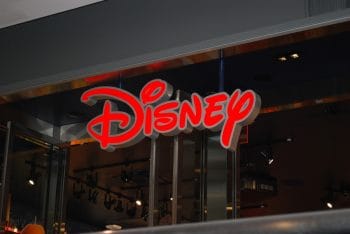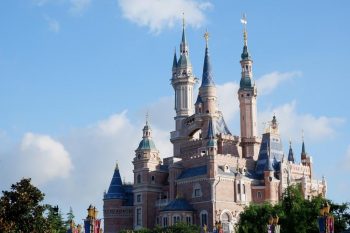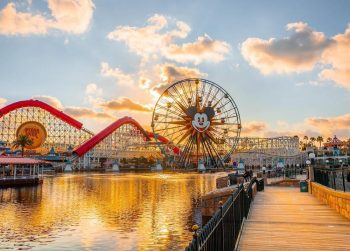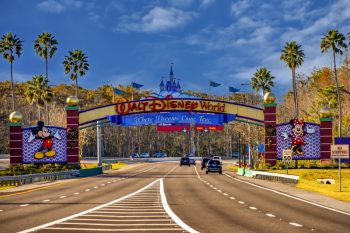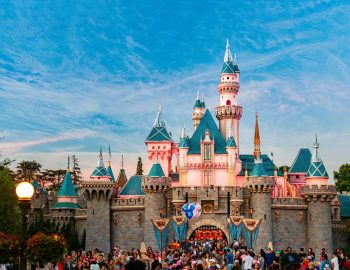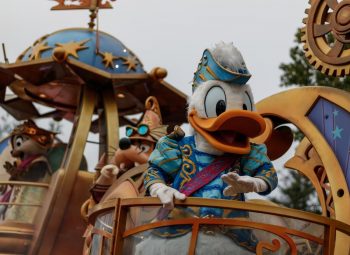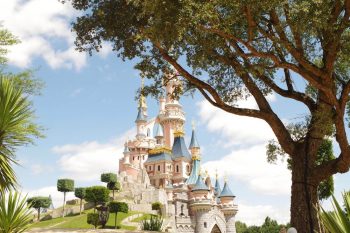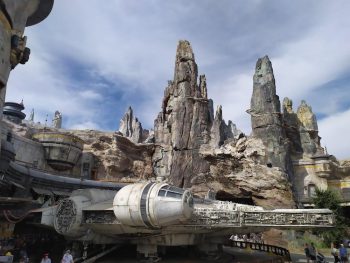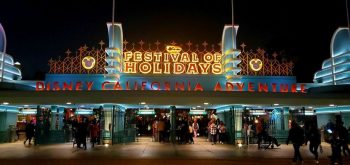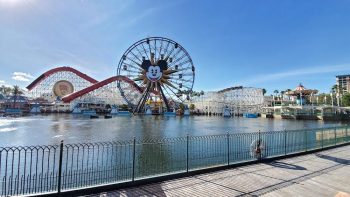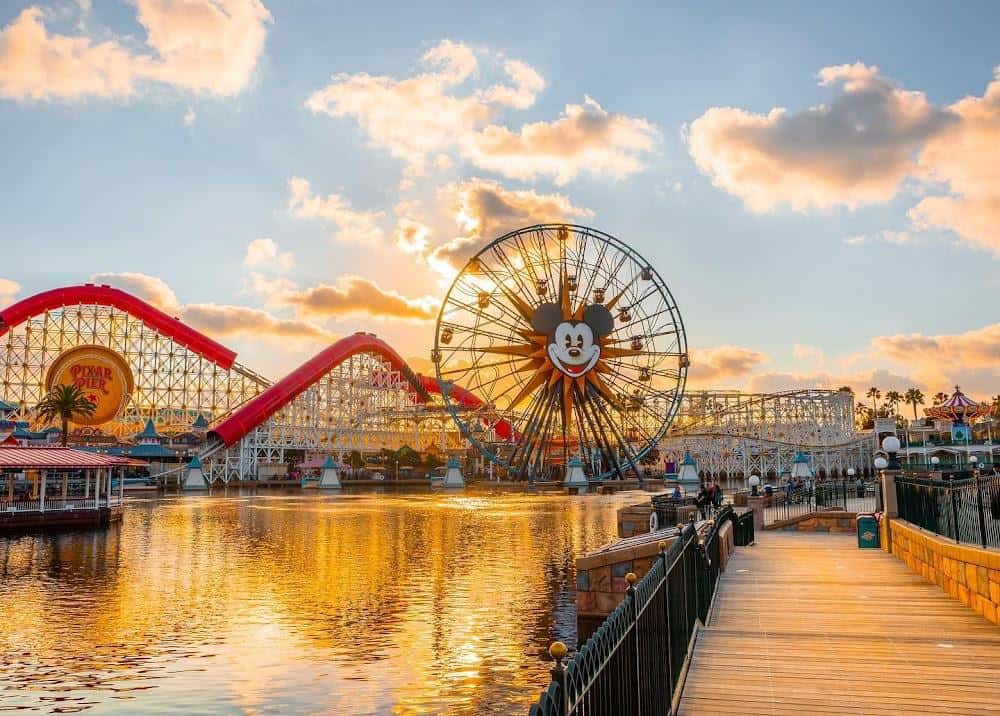
Disney World in Florida and Disneyland in California, two of the most iconic theme parks in the world, followed quite different paths during the COVID-19 pandemic. Disney World reopened its doors to the public on July 11, 2020, while Disneyland remained closed until April 30, 2021. This difference in reopening dates can be attributed to various factors, including state regulations, local COVID-19 case numbers, and operational decisions made by Disney.
Disney World in Florida reopened earlier than Disneyland in California primarily due to differing state regulations and local COVID-19 case numbers. Florida’s regulations allowed for earlier reopening, while California’s stricter guidelines kept Disneyland closed for a longer period. Operational decisions made by Disney based on these factors also played a significant role.
Different States, Different Rules
The primary differences in the operational policies of Disney World and Disneyland stem from their size, location, and the number of theme parks within each resort. Disney World, located in Florida, is much larger than Disneyland in California. Disney World has four theme parks, while Disneyland has only two.
COVID-19 Safety Guidelines
As of September 2023, COVID-19 safety guidelines for theme parks in California and Florida have evolved, and some restrictions have been lifted. However, it is essential to check each park’s website for the most up-to-date information before visiting.
In California, all theme parks require everyone aged 2 and up to wear masks indoors due to the indoor mask mandate in effect through January 15, 2022. In Los Angeles County, large theme parks such as Universal Studios Hollywood and Six Flags Magic Mountain require proof of COVID-19 vaccination or a negative COVID-19 test taken within 72 hours prior to entry.
In Florida, theme parks have adopted new operating procedures in accordance with the Centers for Disease Control and Prevention (CDC) guidelines and local state recommendations. There are no mask requirements outdoors, but parks recommend that not-fully-vaccinated guests wear face coverings while indoors.
COVID-19 Case Rates and Trends
As of the available data, COVID-19 case rates and trends in California and Florida show some differences. In California, the 7-day average of new cases was 743, with a test positivity rate of 4.7%. In Florida, the 7-day average of new cases was 1,502, with a test positivity rate of 8.0%.
Economic Impacts of Disneyland Closure vs Disney World Opening
The closure of Disneyland and the opening of Disney World had a significant impact on their respective local economies. Disneyland’s closure led to a loss of 33,200 jobs in Orange County alone, while Disney World’s opening created a surge in local tourism and hospitality industries.
Guest Reactions and Feedback
Guest reactions and feedback towards the closure of Disneyland and the opening of Disney World have varied. While the closure of Disneyland was met with mixed emotions, the opening of Disney World has generally been received positively by guests.
Impact on Disneyland and Disney World Employees
The closure and reopening of Disneyland and Disney World have had significant impacts on their employees. During the pandemic, Disney laid off 28,000 employees across its parks, experiences, and consumer products segment due to prolonged closures and capacity limits at open parks.
Adapting to Future Changes in the Pandemic Situation
Disney World and Disneyland are continuously adapting to future changes in the pandemic situation by implementing various measures and modifying their operations, such as the Park Pass Reservation System, enhanced cleaning and sanitation, mobile ordering and checkout, crowd control measures, flexible policies, and special offers.
Theme Parks Adapting to COVID-19
Theme parks in California and Florida have adapted to COVID-19 by implementing various safety measures and operational changes. Some of the adaptations include phased reopening, reduced capacity, temperature checks and face coverings, advanced ticket reservations, social distancing measures, and proof of vaccination or negative COVID-19 test.
In conclusion, the difference in reopening dates between Disney World and Disneyland can be attributed to numerous factors, including state regulations, local COVID-19 case numbers, and operational decisions made by Disney. Both parks continue to adapt to the evolving pandemic situation and ensure the safety and enjoyment of their guests.
Frequently Asked Questions
What safety measures have Disney World and Disneyland implemented to ensure guest safety?
Both Disney World and Disneyland have implemented a range of safety measures including enhanced cleaning and sanitation, mobile ordering and checkout, crowd control measures, and flexible policies. Moreover, they have introduced the Park Pass Reservation System to manage the number of guests and ensure social distancing.
How have Disney World and Disneyland adapted their operations in response to COVID-19?
Disney World and Disneyland have adapted their operations in several ways to cope with the pandemic. This includes phased reopening, operating at reduced capacity, temperature checks, mandatory face coverings, advanced ticket reservations, social distancing measures, and requiring proof of vaccination or a negative COVID-19 test for entry in some cases.
What was the economic impact of Disneyland’s closure and Disney World’s reopening?
The closure of Disneyland led to a significant economic impact, with a loss of 33,200 jobs in Orange County. On the other hand, the reopening of Disney World led to a surge in local tourism and hospitality industries, contributing positively to the local economy.
What was the reaction of guests to the closure of Disneyland and the reopening of Disney World?
The closure of Disneyland was met with mixed emotions from guests, while the reopening of Disney World was generally received positively.
How did the closure and reopening of Disneyland and Disney World impact their employees?
The closure and reopening of Disneyland and Disney World had significant impacts on their employees. During the pandemic, Disney had to lay off 28,000 employees across its parks, experiences, and consumer products segment due to prolonged closures and capacity limits at open parks.

